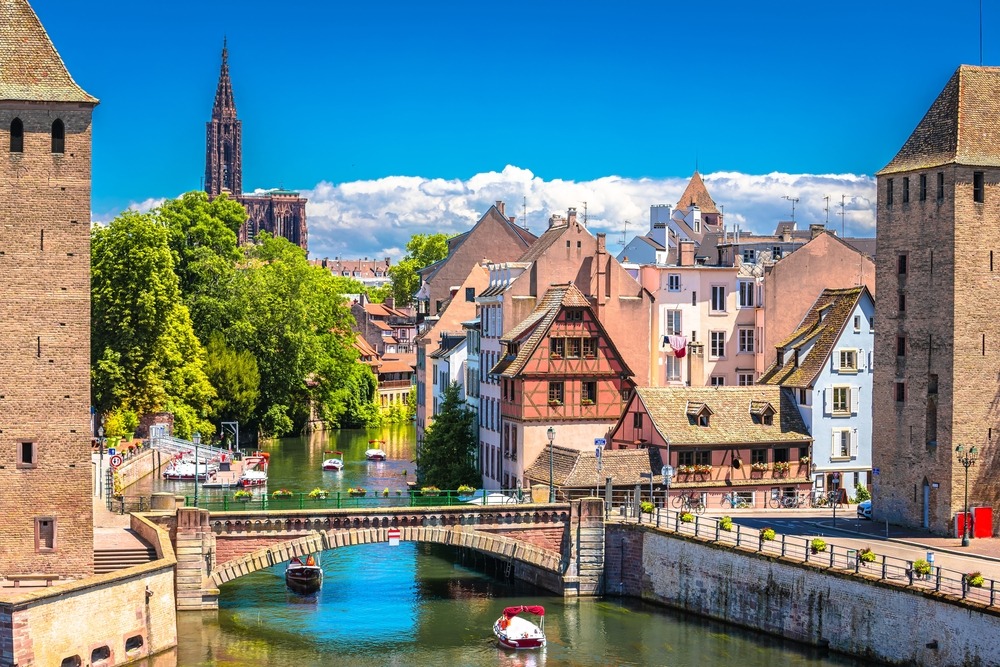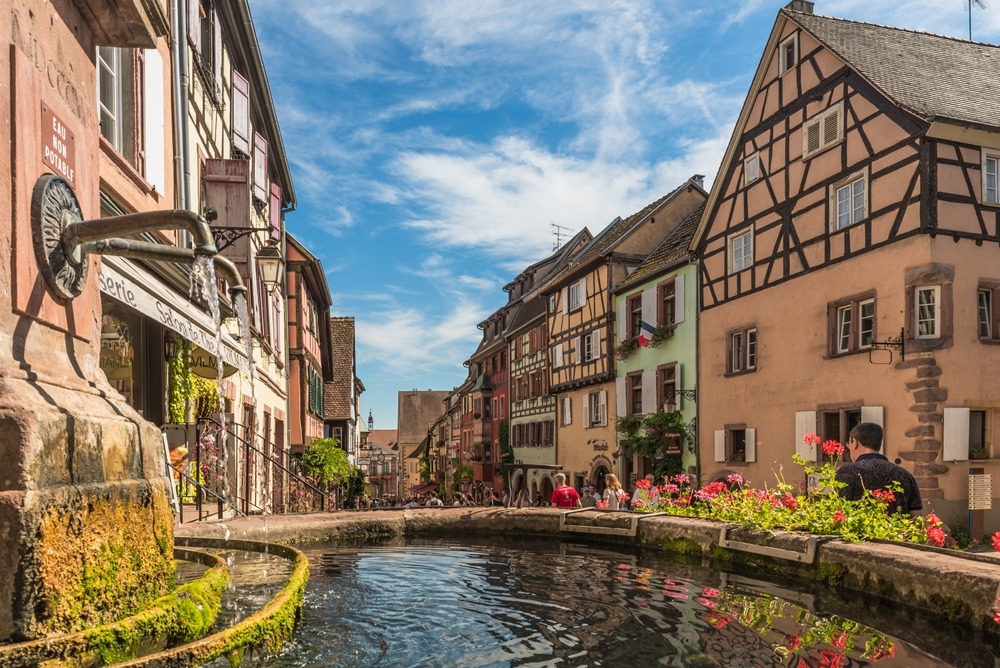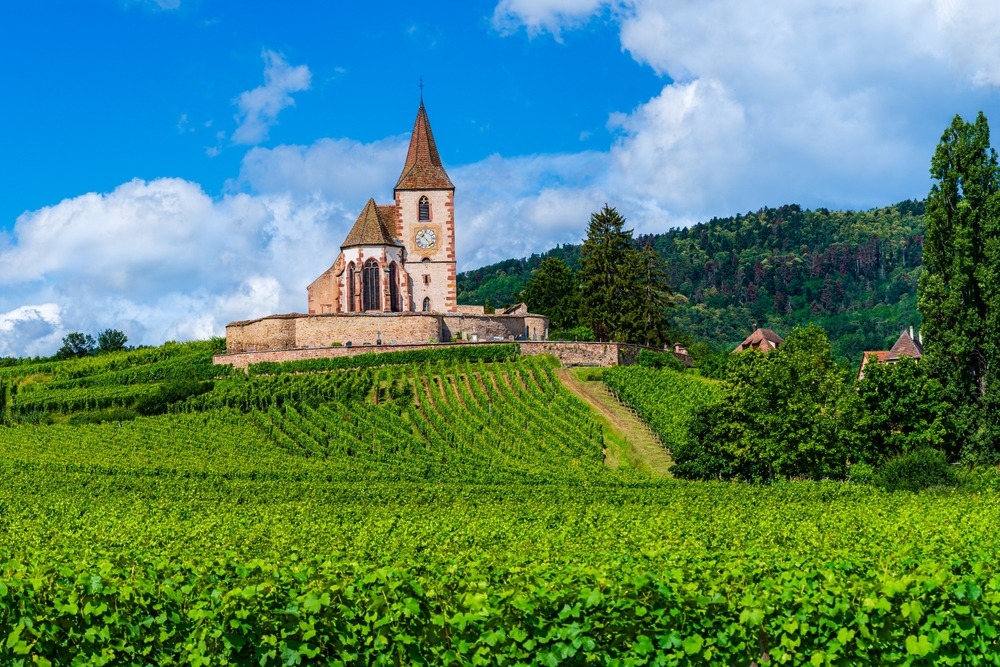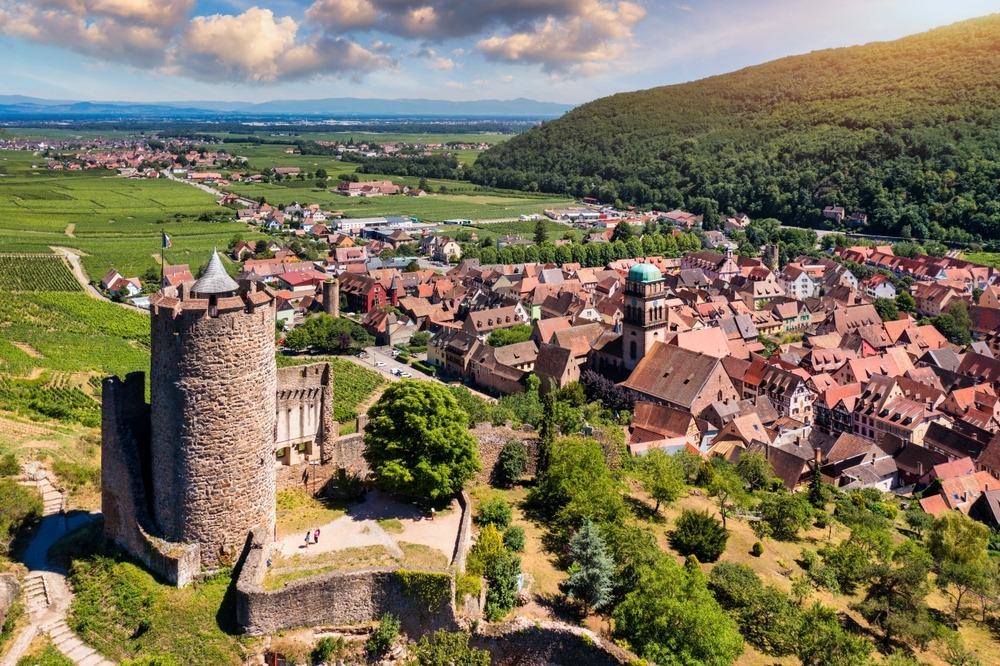The History and Top Attractions of the Alsace Region, France
History of the Alsace Region
Nestled along the eastern edge of France, bordering Germany and Switzerland, the Alsace region has long been a cultural crossroads of Europe. Its strategic location along the Rhine River has made it a coveted territory throughout history, and its identity has been shaped by both French and Germanic influences. Originally settled by Celtic tribes, the area came under Roman control in the 1st century BCE. After the fall of the Roman Empire, the region was absorbed into the Frankish Kingdom and later the Holy Roman Empire.

In the 17th century, Alsace was gradually annexed by France under Louis XIV following the Peace of Westphalia (1648) and the Treaty of Ryswick (1697), though many of its residents remained German-speaking and Protestant. The 19th and 20th centuries were a turbulent time for Alsace, as it passed between French and German control multiple times. After the Franco-Prussian War (1870–71), the region was annexed by the German Empire. It returned to France after World War I, only to be re-annexed by Nazi Germany in World War II, and finally restored to France in 1945.

Today, Alsace stands as a symbol of reconciliation and blended heritage. Its residents often speak both French and Alsatian (a Germanic dialect), and its architecture, cuisine, and traditions reflect this rich dual identity. Alsace is also known for its role in the founding of the European Union, with Strasbourg—the region’s capital—hosting major European institutions.

Top 25 Attractions in Alsace
-
Strasbourg Cathedral (Cathédrale Notre-Dame de Strasbourg) – A masterpiece of Gothic architecture with intricate carvings and a soaring spire, this cathedral is one of Europe’s great ecclesiastical buildings.
-
La Petite France (Strasbourg) – This picturesque quarter of Strasbourg is filled with half-timbered houses, narrow canals, and cobbled lanes—a storybook setting from the Middle Ages.
-
The European Parliament (Strasbourg) – The political heart of Europe, this modern complex offers guided tours where visitors can learn about EU governance and history.
-
Château du Haut-Koenigsbourg – Perched on a mountain near Sélestat, this fully restored medieval fortress offers panoramic views and immersive historical exhibits.
-
Colmar Old Town – Often considered one of the most beautiful towns in France, Colmar enchants with its brightly painted timber houses, romantic canals, and charming squares.
-
Unterlinden Museum (Colmar) – Housed in a former convent, this museum holds the famous Isenheim Altarpiece and a fine collection of regional art from the Middle Ages to the modern era.
-
Alsace Wine Route (Route des Vins d’Alsace) – This 170-kilometer scenic drive winds through vineyard-covered hills and storybook villages, perfect for wine tasting and discovering regional specialties.
-
Eguisheim – Frequently listed among France’s “most beautiful villages,” Eguisheim is known for its concentric street layout and colorful medieval houses wrapped in vines.
-
Riquewihr – Surrounded by vineyards and city walls, this medieval village blends old-world beauty with artisan shops and fine local wines.
-
Mulhouse Cité de l’Automobile – This extraordinary museum showcases the largest collection of automobiles in the world, including vintage Bugattis and racing legends.
-
Mont Sainte-Odile – A spiritual site and former convent offering panoramic views of the Alsace plains, named after the region’s patron saint.
-
Struthof Concentration Camp Memorial – The only former Nazi concentration camp on French soil, this solemn site near Natzwiller serves as a moving memorial and educational center.
-
Kaysersberg – A postcard-perfect town where cobbled lanes and ancient bridges lead to ruined castles and local wine cellars.
-
Alsace Ecomuseum (Écomusée d’Alsace) – This open-air museum near Ungersheim recreates rural life in the region with more than 70 historic buildings and working farms.
-
Maison des Têtes (Colmar) – This ornate Renaissance building is decorated with dozens of sculpted heads and now houses a luxury hotel and gourmet restaurant.
-
Musée d’Art Moderne et Contemporain de Strasbourg – Featuring works by Monet, Picasso, Kandinsky, and local artists, this riverside museum is a modern cultural highlight.
-
Hunawihr’s Butterfly Garden (Jardin des Papillons) – A unique tropical greenhouse with hundreds of butterflies, perfect for families and nature lovers.
-
Barrage Vauban (Strasbourg) – A 17th-century bridge and defensive structure offering stunning views over the Ill River and Petite France quarter.
-
Obernai – A quintessential Alsatian town featuring vibrant facades, flower-lined streets, and views of the Vosges mountains.
-
Neuf-Brisach – A UNESCO-listed fortified town built by Vauban in the 17th century with a perfect example of a star-shaped citadel.
-
Sélestat Humanist Library (Bibliothèque Humaniste) – One of Europe’s oldest public libraries, with rare manuscripts from the Renaissance.
-
Alsace Christmas Markets – Strasbourg hosts one of Europe’s oldest and most beloved Christmas markets, and nearby towns like Mulhouse and Colmar create equally magical winter wonderlands.
-
Wissembourg – Located on the German border, this town is filled with medieval ramparts, Gothic churches, and scenic waterways.
-
Fort de Mutzig – This enormous German fortress built before World War I allows visitors to explore tunnels, gun emplacements, and military history.
-
Ballons des Vosges Regional Nature Park – A vast protected area with forested peaks, alpine meadows, and walking trails that showcase the natural beauty of Alsace.

The Alsace region offers a unique fusion of French elegance and German charm, woven through centuries of shared history and cultural exchange. From Gothic cathedrals and medieval villages to modern political landmarks and world-class museums, Alsace invites travelers to explore its many layers—both historical and scenic—making it one of Europe’s most enchanting and meaningful destinations.

































